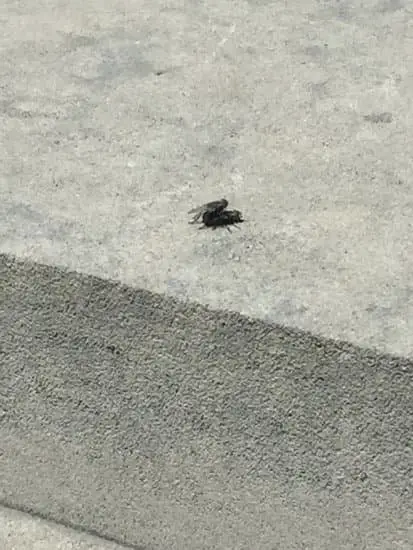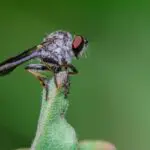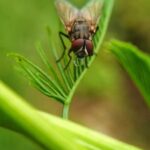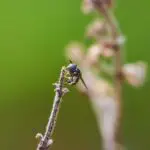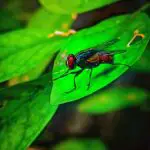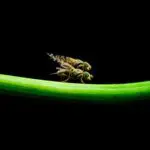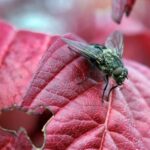How Do Flies Help the Environment?
Flies play a vital role in the environment and people are learning to make good use of them. Many crops, including fruit and vegetables, benefit from their pollination. Many types of flies have been discovered visiting crops. Researchers are trying to find ways to breed and release these insects commercially.
While many people associate flies with dirt and disease, these creatures actually have a positive impact on the world’s ecosystems. Their activities range from pest control to providing food for birds and soil conditioners to pollinating plants. In fact, flies are second only to bees in pollination and are vital to many plant species. The great majority of flies live on land and are abundant in most terrestrial habitats.
Flies are tiny creatures with only two wings. Most flies only live a few days or weeks as adults. They spend most of their lives as larvae or pupae and have very short life spans. They are vulnerable to many predators and do not survive in stable environments for long periods.
The plethora of different species of flies helps in the environment in many ways. These tiny creatures are important for many species of fish and other organisms. Insects are necessary to human life, so it is essential to protect these creatures. By using these creatures, we can protect our ecosystems and protect our health.
